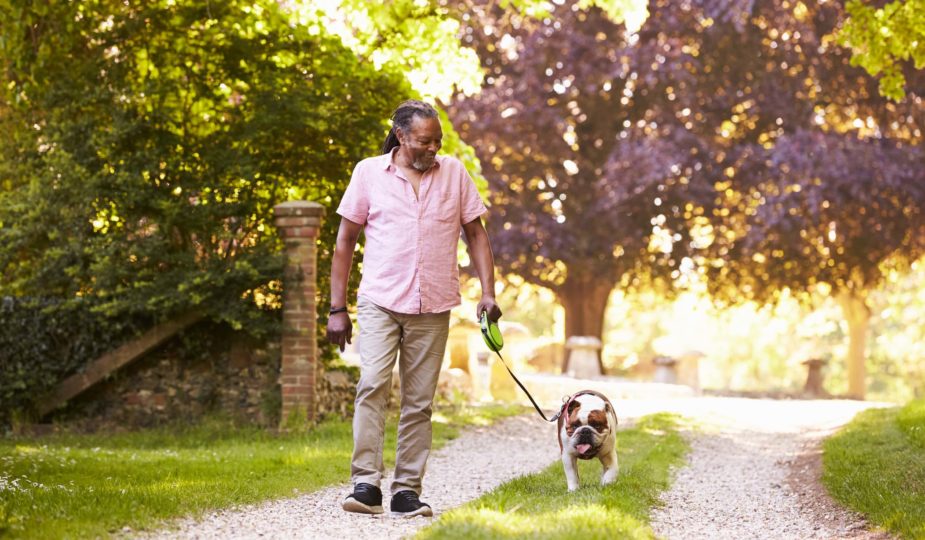
How Many Steps Should You Walk a Day if You’re Over 65?
Walking is simple for older adults above 65, as it offers several health benefits. It improves mobility, enhances heart health, and boosts mood in older persons.
Another major advantage of walking is that it fosters social connections, especially when done in groups like a walking club. Check out https://seasonsretirement.com/benefits-of-joining-an-indoor-walking-club-for-seniors/ to learn about more perks of joining a walking club for older people.
Before your parents or grandparents begin a walking routine, they should ask questions like ‘how many steps should you walk a day?’. The answer to this isn’t direct, as several factors come into play to determine the number of steps your older ones should take each day.
Although various health sources have different claims regarding this subject, one noticeable similarity is that the figures are closely related.
Here, we will discuss how many steps your loved ones should take daily, how to increase their steps, why they should join walking clubs, and why they should get a pedometer.
How many steps should you take a day?
How many steps should you take a day? There is no exact number. Older adults have different activity levels, which makes it impossible to recommend the same number of steps for everyone. This is why the question ‘how many steps should you do a day?’ vary from one person to another.
Health experts recommend walking for about 30 minutes or taking 10,000 steps daily for all ages. Let’s look at individuals above 65 years who usually experience problems with mobility. Moderate walking steps – about 3,000 steps per day – is recommended for this age group to reap the benefits of walking effectively.
Seven thousand steps daily are ideal for relatively active adults, while around 10,000 steps are suitable for very active people.
For persons below 65 years, 3,000 steps per day should be the goal if they live a sedentary lifestyle. Meanwhile, averagely active individuals can step up to about 7,000 steps, and the very agile ones can go above 10,000 steps per day.
It is worth noting that your older loved ones don’t have to complete the steps in one go. You can help them distribute the steps and work their way up slowly until they become more familiar with the routine.
Walking groups for older adults
Walking groups are an effective strategy for your older loved ones to achieve their walking goals. These groups can help your parents or grandparents create new friendships and connections while keeping up with their daily targets.
This club can be formed with just friends or grandkids, and it can be a larger gathering. With walking groups, walking becomes more interesting.
Older persons are likely to keep up with the recommended steps per day when there’s a partner, as they can be accountable to themselves. Also, with a group, walking time can double as a social gathering time, allowing your loved ones to share moments with people of like minds.
There are indoor walking clubs that your parents and grandparents can join. They are also effective gatherings that provide safety, amenities, medical response, and social interaction opportunities for older people.
Getting started
Like most new routines, your older relatives need to prepare beforehand. Getting ready for walking will help predict possible challenges and overcome them, for example, buying the appropriate clothing materials according to the weather. Also, they should get comfortable sneakers for the stroll.
You may need to check the routine your older loved ones will take. Ensure that the path isn’t lonely or busy for the best walks. Furthermore, it is best to walk with a pedometer to record steps accurately.

The usefulness of a pedometer
A pedometer is also known as a step counter. It is a portable electronic device that tracks the number of steps you take. Nowadays, we have pedometers installed on our phones. Using this device to monitor your steps is a way to ensure you stay on the right track and improve with time.
Pedometers give specific results that you can compare with your goal. It is a valuable device that older adults can use to count their steps to keep track.
Ways to increase the number of steps for older adults
Having answered the question ‘how many steps should you walk a day?’, we should discuss ways to improve the number of steps. Older adults looking to increase their steps should be proactive about it.
The following are ways older adults can boost their steps and derive more benefits from walking:
- Walk with friends: Keeping company while walking is a great way to increase steps. This way, people can provide each other with moral support that’ll make them achieve their goals faster.
- Play some music: Music can be a great distraction and motivation to keep you focused on your pursuit. Using an earphone or headset to listen to songs is an enjoyable way to engage in walking exercise.
- Use the stairs: Rather than the elevator, using the stairs is an excellent way to achieve walking goals quickly. It will help one burn calories and keep fit.
- Walking the dog: Dog owners can take their dogs for a walk. Having a pet to distract your older relatives can make them walk longer distances than they would normally manage.
- Park farther away: Instead of parking near destinations, park a few yards and trek the remaining distance. For people who use the bus, dropping early and covering the remaining distance by foot is one way to increase your number of steps.
- Run errands: Older adults can walk the distance to a nearby location instead of driving.
Summary
So, how many steps should you walk a day? More active older adults should aim for about 10,000 steps a day, while older adults with less active lifestyles should target around 3,000 daily. Regardless of your loved one’s activity level, it’s important that they enjoy their walking routines.
Older persons who want to increase their steps should get a pedometer for easier tracking. It’s also helpful to join walking groups to encourage social interaction and make walking exercises more exciting.









